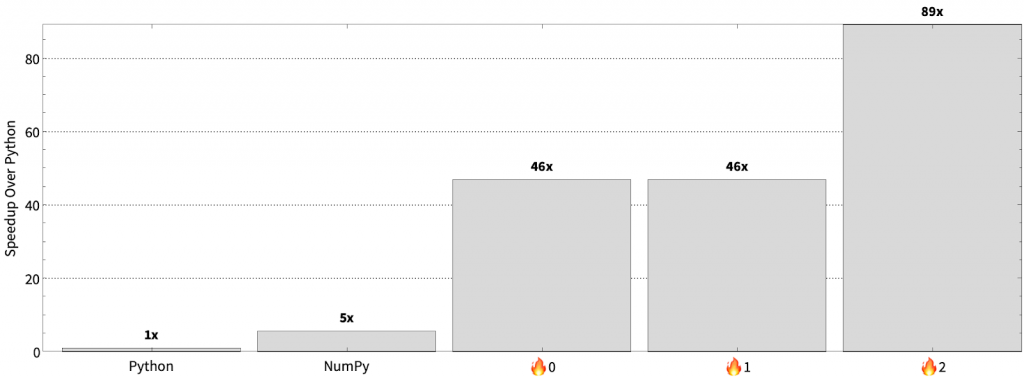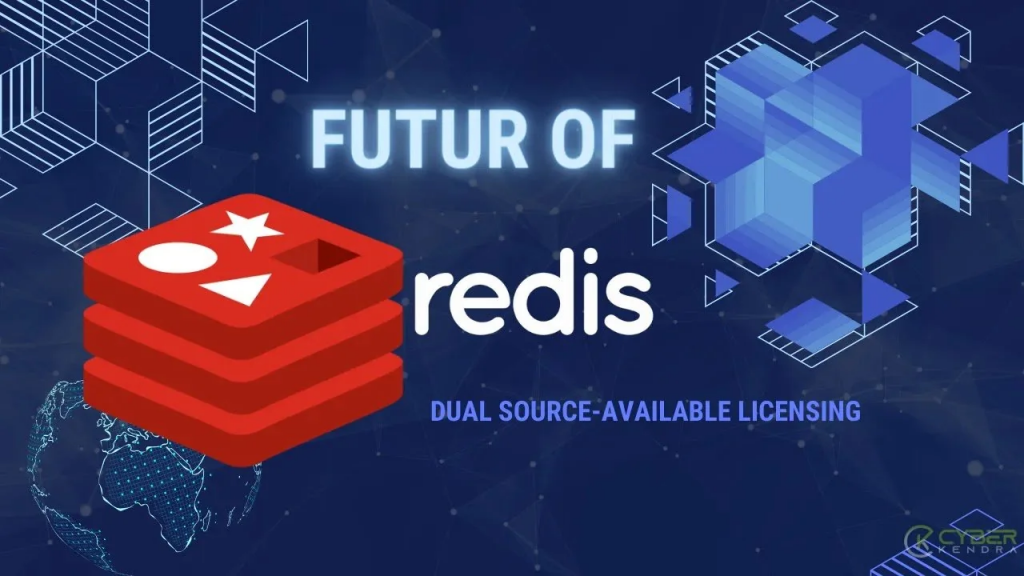Why Did Elastic Decide to Go Open Source Again?
Elastic’s Return to Open Source: The Knight is back to the Pavilion
Elastic, the company behind Elasticsearch, recently decided to revert to an open-source licensing model after four years of operating under a proprietary license. This decision reflects a shift in strategy that emphasizes community-driven innovation and collaboration. In 2019, Elastic initially adopted a proprietary model to protect its intellectual property from cloud providers like Amazon Web Services (AWS), which were benefiting from Elasticsearch without contributing to its development. However, the move away from open-source posed its own challenges, including alienating the developer community that had helped build Elasticsearch into a widely-used tool.
In 2024, Elastic CEO Shay Banon announced the company’s return to an open-source framework. He explained that this decision stems from the belief that open collaboration fosters innovation and better serves the long-term interests of both the company and its user base. “We believe that the best products are built together,” Banon stated, emphasizing the value of community engagement in product development.
Recent Changes in Open-Source Licensing Models
Elastic’s decision is not an isolated incident. Over the past few years, several other technology companies have reconsidered their licensing models in response to the changing dynamics of software development and cloud service providers. These companies have struggled with how to balance open-source principles with the need to protect their commercial interests.
- Redis Labs
Redis Labs initially licensed Redis under a permissive open-source license, but in 2018, the company adopted the Commons Clause to prevent cloud providers from offering Redis as a service without contributing to its development. However, after facing backlash from the developer community, Redis Labs adjusted its approach by introducing Redis Stack under more community-friendly terms, highlighting the difficulty of maintaining open-source integrity while ensuring business protection. - HashiCorp
In 2023, HashiCorp, known for popular tools like Terraform, adopted a Business Source License (BSL), which restricts the usage of its software in certain commercial contexts. HashiCorp’s move was driven by concerns over cloud providers monetizing its tools without contributing back to the open-source community. While BSL is not a traditional open-source license, HashiCorp continues to maintain a balance between openness and protecting its intellectual property, showing how companies are navigating complex market dynamics. - MongoDB
MongoDB’s shift to the Server Side Public License (SSPL) in 2018 was another major development in the open-source licensing debate. The SSPL aims to prevent cloud service providers from exploiting MongoDB’s open-source code without contributing back. While the SSPL is more restrictive than traditional open-source licenses, MongoDB’s goal was to retain the open-source ethos while ensuring that cloud vendors could not commercialize the software without contributing to its development. - Chef Software
Chef, an automation tool provider, switched all of its products to open-source in 2019 after years of operating under a mixed licensing model. This shift was largely a response to the growing demand for transparency and community collaboration. Chef’s decision allowed it to rebuild trust within its user base and align its business strategy with the broader trends in software development.
Impact on the Average Software Developer
For the average software developer, these licensing model changes can profoundly impact their work, career growth, and day-to-day development practices.
- Access to Cutting-Edge Tools
When companies like Elastic and MongoDB return to open-source models, developers gain unrestricted access to powerful tools and frameworks. This democratizes the technology, allowing developers from small companies, startups, and even personal projects to leverage the same tools that major enterprises use, without the barrier of expensive proprietary licenses. For many developers, open-source provides not just tools, but an entire ecosystem for experimentation, learning, and rapid prototyping. - Contributing to Open-Source Communities
Open-source contributions are an essential career-building tool for many developers. By contributing to open-source projects, developers can gain real-world experience, build portfolios, and even influence the direction of widely-used technologies. When companies like HashiCorp and Redis Labs shift their focus back to open-source, it increases opportunities for developers to become part of a larger, global development community. - Career and Learning Opportunities
Exposure to open-source projects allows developers to work with cutting-edge technology and methodologies. This can accelerate learning, as open-source projects are often evolving quickly with input from diverse and global teams. Additionally, contributing to popular open-source projects like Elastic or Kubernetes can greatly enhance a developer’s resume and open doors to career opportunities, including job offers and consulting roles. - Navigating Licensing Restrictions
Developers must also become more adept at navigating the complexities of new licenses like SSPL and BSL. These licenses place restrictions on how open-source software can be used, especially in cloud environments. Understanding the fine print is crucial for developers working in enterprise environments or launching their own SaaS products, as improper use of open-source software can lead to legal complications. This makes legal and compliance knowledge increasingly important in modern software development roles.
Open Source vs. Open Governance: A Crucial Distinction
Elastic’s journey highlights a key debate in the software development world: the difference between open source and open governance. While many companies have embraced open-source models, few have transitioned to open governance frameworks, which involve community-driven decision-making for the project’s future direction.
As highlighted in my previous article, “Open Source vs. Open Governance: The State and Future of the Movement,” the distinction lies in control. In open-source projects, the code is freely available, but decisions regarding the project’s roadmap and key developments may still be controlled by a single entity, such as a company. In contrast, open governance ensures that decision-making is decentralized, often involving multiple stakeholders, including developers, users, and companies that contribute to the project.
For Elastic and others, returning to open-source doesn’t necessarily mean embracing open governance. Although Elastic’s code will be open for contributions, the strategic direction will still be managed by the company. This is a common approach in many high-profile open-source projects. For example, Google’s Kubernetes operates under the open-source model but is governed by a diverse group of stakeholders, ensuring the project’s direction isn’t controlled by a single entity. On the other hand, projects like OpenStack follow a more open governance approach, with broader community involvement in decision-making.
Understanding the difference between open-source and open governance is critical as the software industry evolves. Companies are beginning to realize that open-source alone doesn’t always translate into the collaborative, community-driven development they seek. Open governance provides a framework for more inclusive decision-making, but it also presents challenges in terms of efficiency and control.
Looking Ahead: Open Source as a Business Strategy
The return of Elastic and other companies to more open models indicates a growing recognition of the importance of open-source in the software industry. For Elastic, this decision is about more than just licensing; it’s about reconnecting with a developer community that thrives on transparency and collaboration. By embracing open-source again, Elastic hopes to accelerate product development and foster stronger relationships with users.
This broader trend shows that while companies are still cautious about cloud providers exploiting their software, they are increasingly finding ways to leverage open-source models as a business strategy. These recent changes to licensing frameworks highlight the evolving nature of software development and the role open-source plays in it.
For organizations navigating the complex decision between proprietary and open-source models, the key lesson from Elastic’s experience is that the long-term benefits of community-driven development and innovation can outweigh the short-term protection of proprietary models. As more companies follow suit, it’s clear that open-source is not just a technical choice—it’s a business strategy.
Further Reading:
- Why Open Source Matters for Innovation – Alan Turing Institute
- The Future of Open Source: What to Expect in 2024 and Beyond – MIT Technology Review
- Why Every Company Should be Open-Source Aligned – Forbes
References:
- Elastic founder on why they returned to open-source four years after going proprietary – TechCrunch
- Redis Stack: Moving back to a community-driven model
- HashiCorp’s shift to Business Source License
- MongoDB’s adoption of SSPL
- Chef Software’s decision to return to open-source in 2019
- Open Source vs. Open Governance: The State and Future of the Movement – LinkedIn.



